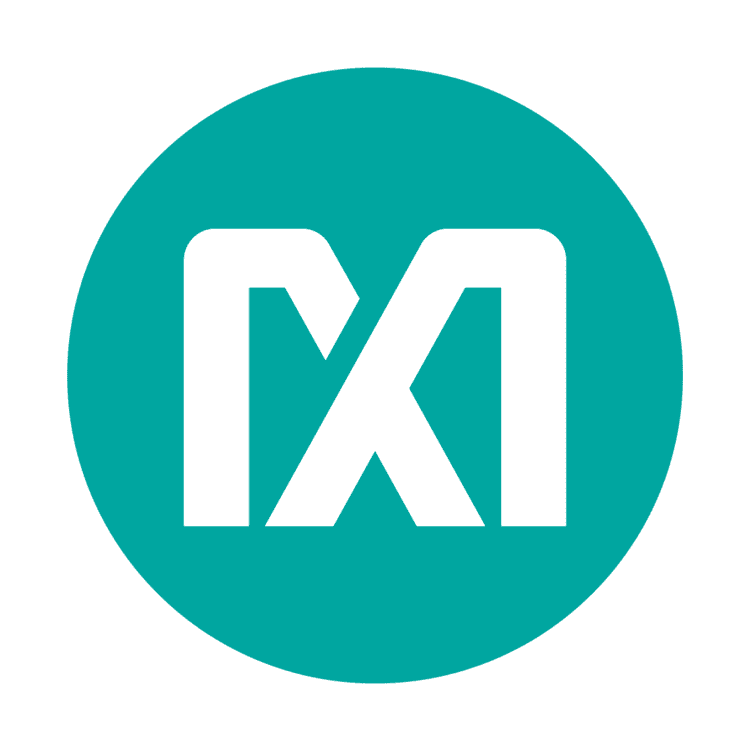Type Public Products Integrated Circuits Total equity 2.29 billion USD (2015) | Industry Semiconductors CEO Tunc Doluca (Jan 2007–) Founded 14 April 1983 | |
 | ||
Traded as NASDAQ: MXIMNASDAQ-100 Component Revenue US$2.31 billion (Fiscal 2015) Net income US$206 million (Fiscal 2015) Stock price MXIM (NASDAQ) US$ 46.00 +0.43 (+0.94%)15 Mar, 4:00 PM GMT-4 - Disclaimer Profiles | ||
Maxim Integrated is an American, publicly traded company that designs, manufactures, and sells analog and mixed-signal integrated circuits.
Contents
Maxim Integrated develops integrated circuits (ICs) for the automotive, industrial, communications, consumer, and computing markets. Headquartered in San Jose, California, the company has design centers, manufacturing facilities, and sales offices throughout the world. In the fiscal year 2015, it had US$2.31 billion in sales, 8,800 employees, and 35,000 customers worldwide. Maxim is a Fortune 1000 company listed on the NASDAQ 100, Russell 1000, and MSCI US indices.
Interview with maxim integrated
History
Maxim was founded in April 1983. Its nine initial team members had a variety of experience in semiconductors design and sales. The founding team included Jack Gifford, an industry pioneer since the 1960s; Fred Beck, an IC sales and distribution pioneer; Dave Bingham, General Electric’s Scientist of the Year in 1982; Steve Combs, a pioneer in wafer technologies and manufacturing; Lee Evans, also a pioneer in CMOS analog microchip design and General Electric’s Scientist of the Year in 1982; Dave Fullagar, inventor of the first internally compensated operational amplifier circuit; Roger Fuller, yet another pioneer in CMOS microchip design; Rich Hood, development director for some of the first microprocessor-controlled semiconductor test systems; and Dick Wilenken, who is acknowledged as the father of key analog switch and multiplexer technologies. Based on a two-page business plan, they obtained US$9 million in venture capital to establish the company. In the first year, the company developed 24 second-source products. After that, Maxim designed proprietary products that offered greater differentiation and higher profits.
Maxim recorded its first profitable fiscal year in 1987, with the help of a product called MAX232, and posted a profit every year since it went public in 1988. Annual revenue reached $500 million in fiscal year 1998 and in fiscal 2011 totaled over $2.47 billion.
Acquisitions
Temporary delisting
From October 2007 to October 2008, Maxim's common stock was delisted from the Nasdaq Stock Exchange due to the company's inability to file financial statements related to stock option backdating. Maxim's stock was traded over-the-counter and quoted on the Pink Sheets until the company completed its restatement in 2008. Maxim's CFO Carl Jasper resigned due to an investigation into the issue by Maxim's board of directors.
Maxim restated its earnings in September 2008 and was relisted on the Nasdaq Stock Exchange on October 8, 2008.
